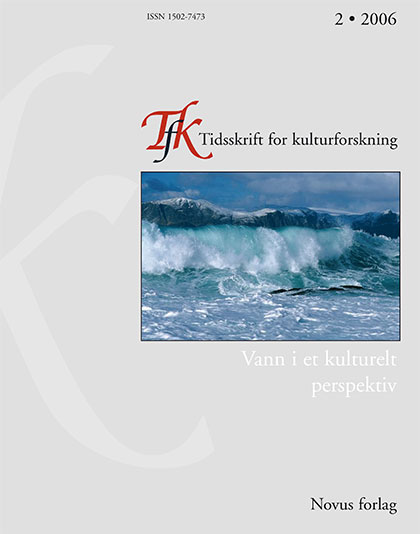Sammendrag
Perceptions of water have been ambiguous and they have changed over time. During the Middle Ages relaxed attitudes to water and to nudity allowed women and men to meet for social entertainment in bathhouses. But from the 16th century onwards, water was feared as a source of disease and bathhouses disappeared. Departing from Norbert Elias' short description of attitudes to water, this paper highlights Norwegian approaches with an emphasis on the importance Eilert Sundt gave to water in his extensive report on cleanliness, published in 1869. Sundt traced the same development as that sketched by Elias, but he also points to the magic power invested in water. He saw the use of water as a costume spreading from the urban middle classes to the agrarian society, but found that living conditions and the need to comply with surrounding social norms decided the degree of cleanliness. Both Sundt and later on the medical profession gave women the main responsibility for improving cleanliness. Gradually, during the last half of the 19th century and especially with the advent of antiseptics and bacteriology at the end of that century, water became important in the fight against contagious diseases, especially tuberculosis. Public initiatives and a rising standard of living made it possible for an increasing number of people to avail themselves of water as a central means to cleanliness. Public bathhouses now reappeared.
Forfattere beholder opphavsretten og gir tidsskriftet rett til første publisering av arbeidet. En Creative Commons-lisens (CC BY-SA 4.0) gir samtidig andre rett til å dele arbeidet med henvisning til arbeidets forfatter og at det først ble publisert i dette tidsskriftet.

